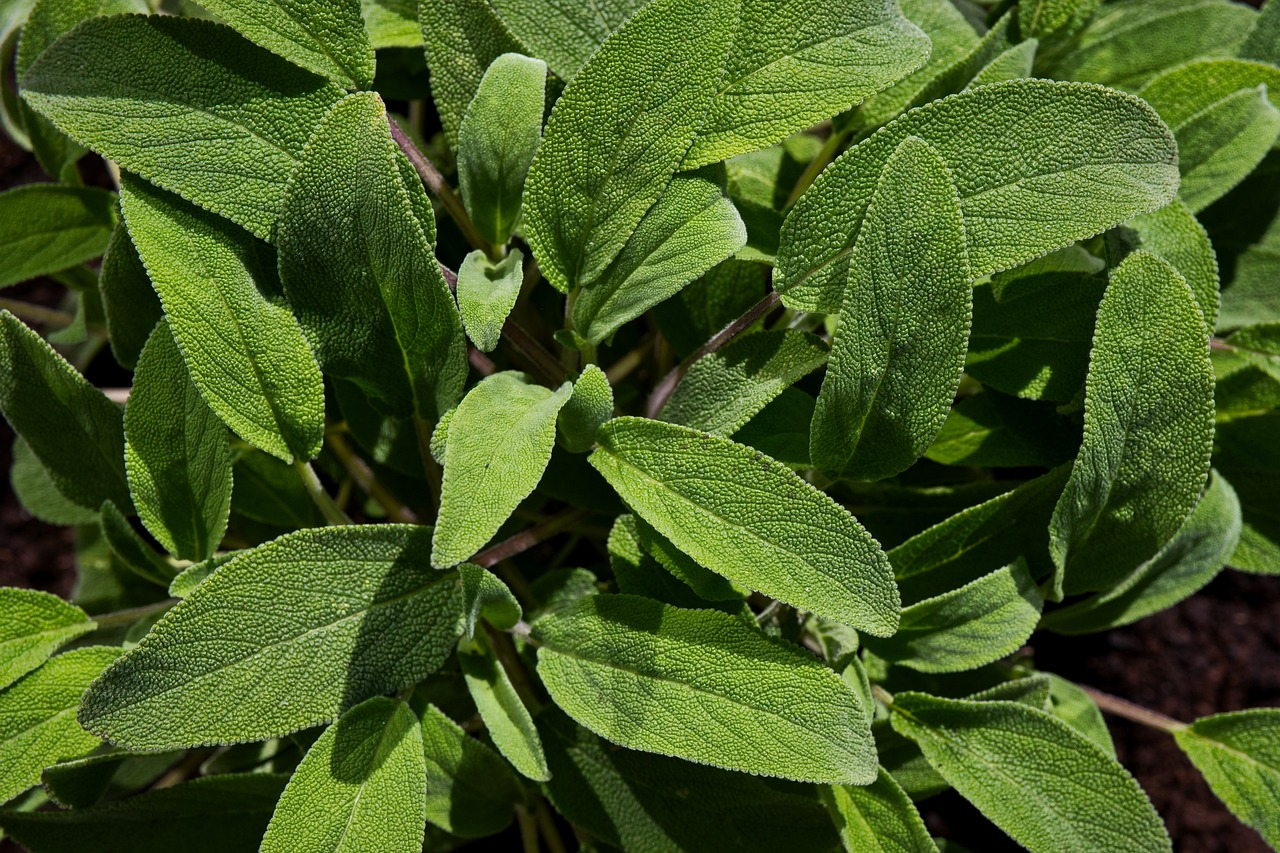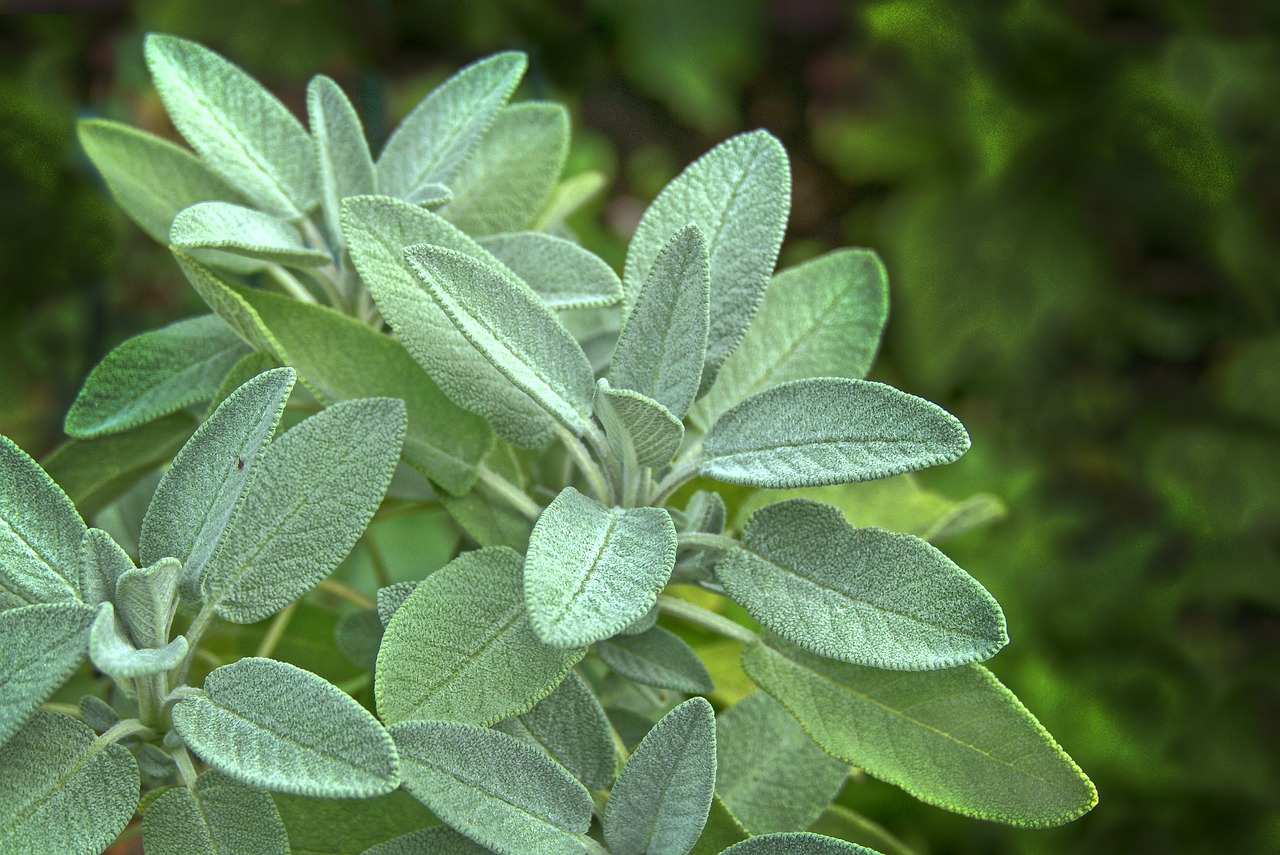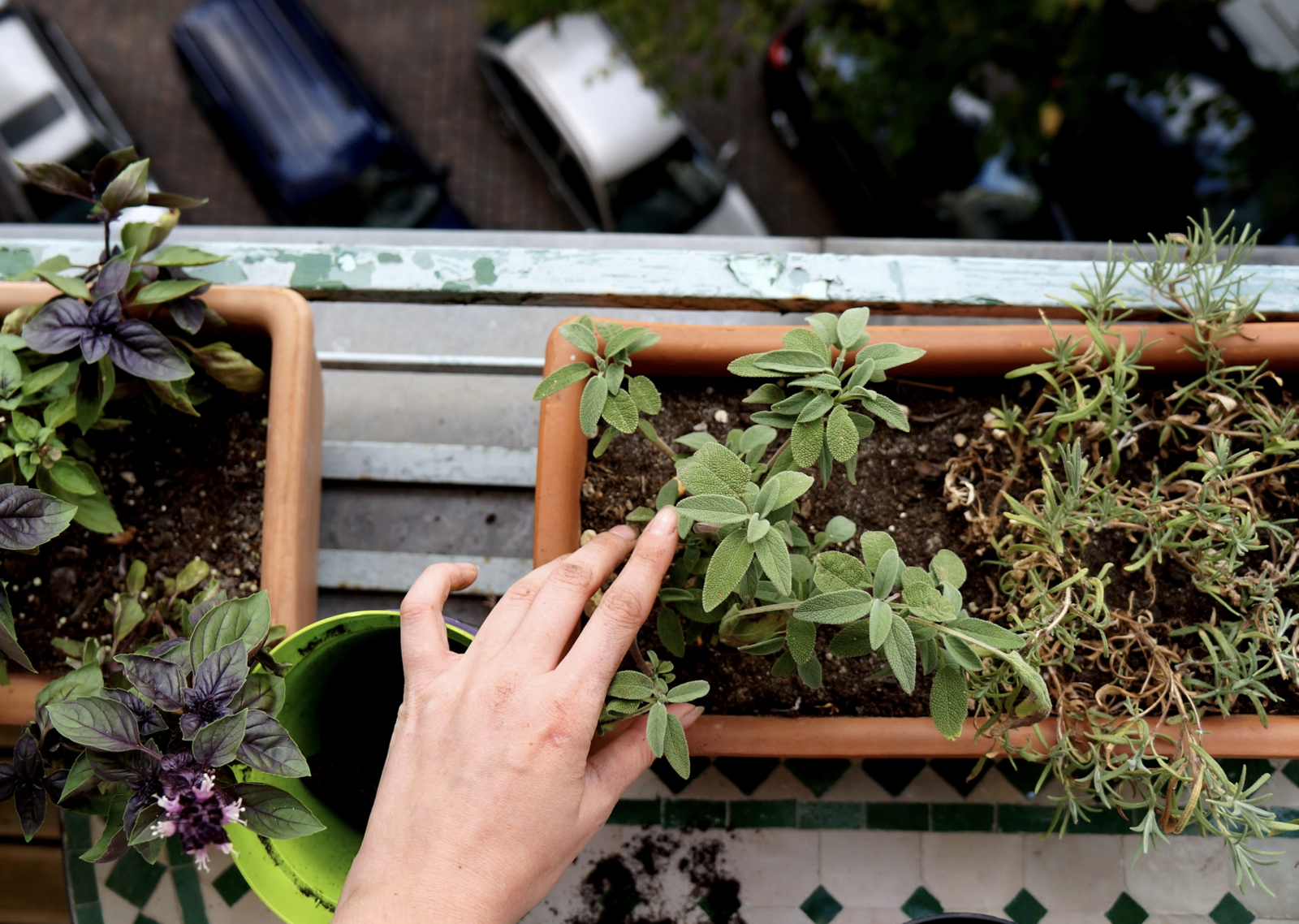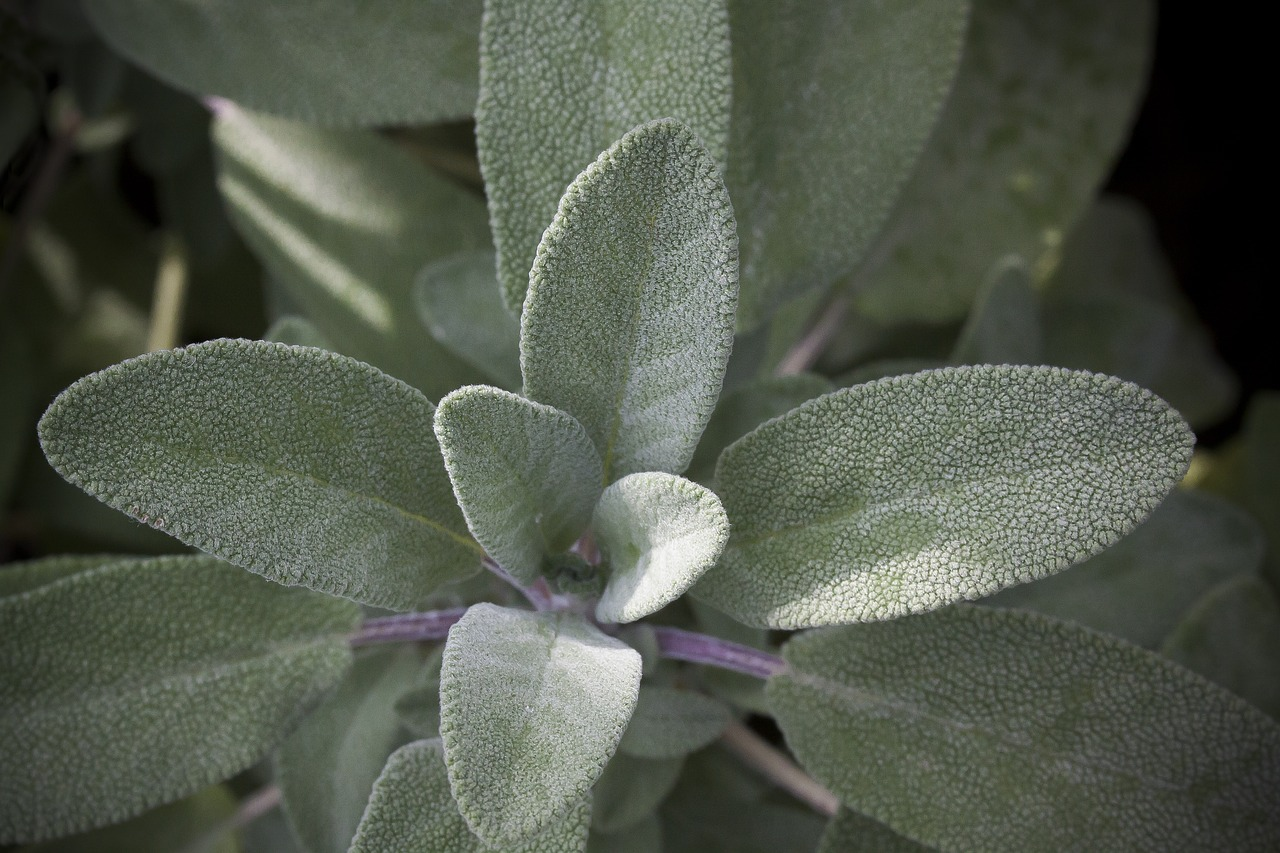Location, sowing & harvesting
What you need to know about sage
Sage (Salvia) is part of the Lamiaceae family. It has been used in medicine for a long time. But sage is also a good partner for vegetable plants in mixed cultivation. With over 900 different varieties, the diversity of sage plants is very large.
What does sage look like?

Sage plants grow in clumps without runners. The stems are square and become woody with age. Depending on the variety, sage can grow up to 50 cm tall. Its leaves are elongated, hairy and sit on a stalk. Beautiful purple to pink flowers form from May to September.
Location & floor
Due to their origin (Mediterranean region), sage plants like it warm and sunny. Sage grows naturally in barren landscapes. Therefore, nutrient-poor, well-drained, light soils are best for sage. You should also choose a warm, sheltered and sunny location in the bed.
Sowing sage

From March/April, the seeds can be sown about 1 cm deep. If you keep the soil evenly moist, the first seedlings should appear after 7 to 14 days. After the Ice Saints, the young plants can then be moved from the windowsill to the open air. If you want to sow the sage directly into the bed, this is also possible after the last frosts. Loosen the soil deeply before sowing. The planting distance to other plants is 30 x 50 cm.
Is sage hardy?
Most varieties are hardy. However, sensitive varieties should definitely overwinter indoors, otherwise they will die. These include exotic varieties such as honeydew melon or pineapple sage.
Sage in mixed cultivation

Sage is a valuable plant in a mixed culture. Its flowers provide food for bees and insects. Its essential oils keep unwanted guests away and thus protect its neighbors from infestation.
- Good neighbors: lavender, oregano, rosemary, olive herb, savory, cauliflower, broccoli, bush bean, Chinese cabbage, pea, fennel, kale, kohlrabi, head cabbage, cress, lemon balm, carrots, pak choi, palm kale, marigold, Brussels sprouts, runner bean, thyme, savoy cabbage - Bad neighbors: Basil, dill, endive, lamb's lettuce, cucumber, lovage, lettuce, gooseberry, Jerusalem artichoke
Harvesting and drying sage
It is best to harvest sage in summer shortly before or at the beginning of flowering, as this is when the leaves contain the most essential oils. Cut off the shoot tips just above the leaf axils so that they can sprout again. To dry the sage, tie the shoot tips together and hang them upside down for 2 - 4 weeks. Choose a shady, well-ventilated place to dry.

